The Jaguar C-X75 has finally been made road-legal, some 14 years after it was revealed, after designer Ian Callum heavily re-engineered one of the original James Bond stunt cars.
The C-X75 was revealed at the 2010 Paris motor show and signed off for production in May 2011, packing a twincharged (turbocharged and supercharged) 1.6-litre petrol engine and two electric motors for combined outputs of 888bhp and 590lb ft.
However, the project was abandoned in December 2012. Jaguar's then global brand director Adrian Hallmark (now CEO of Bentley) said it was “the wrong time” to launch an £800,000-£1 million supercar, in light of global austerity.
But that wasn't the end of the C-X75 story, for it would go on to feature as the signature car of villain Mr Hinx in the 2015 film Spectre.
Several stunt cars faithful to the concept were built by Williams Advanced Engineering. These used a tubular spaceframe chassis and Jaguar’s 5.0-litre supercharged V8 engine, rather than the original concept’s complex and costly hybrid system.
An unnamed collector acquired this example – car number seven – and commissioned Callum’s eponymous design consultancy to convert it for road use.
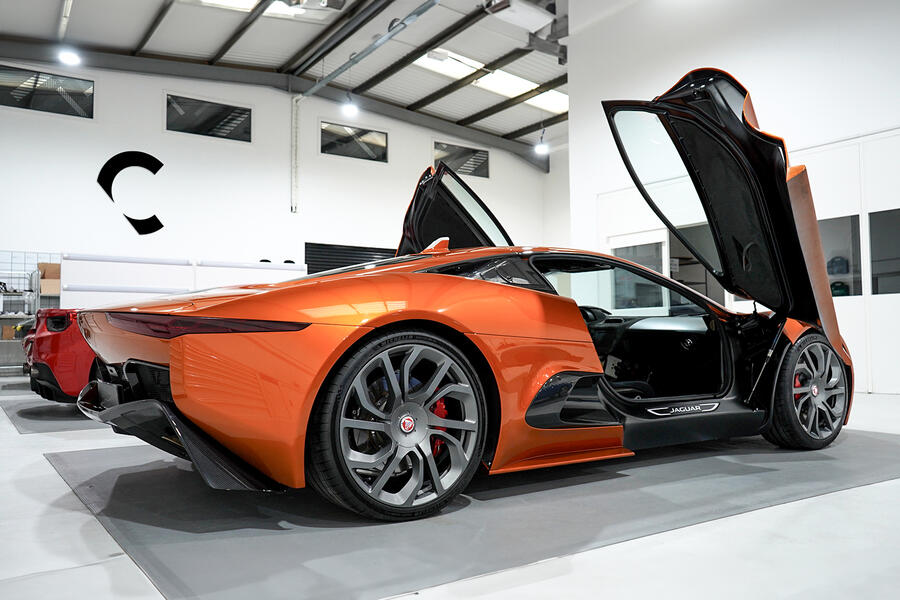
According to the Callum firm, obtaining Individual Vehicle Approval for UK road use required several changes.
For example, it had to fit E-marked glass, a quieter exhaust with catalytic converters and genuine wing mirrors to replace the foam dummies used in filming.
It also reduced the panel gaps, removed the quick-release latches required for filming and resurfaced the carbonfibre finish on the bodywork.
Under the skin, small adjustments were made to the damping and ride height to make it easier to use on the road.
The first road-legal C-X75 will be displayed at the Bicester Scramble car meet in Oxfordshire on 21 April.
Callum engineering director Adam Donfrancesco said: “Stunt cars are arguably the true stars, bringing to life the legendary scenes that stay with us as car enthusiasts. So few actually survive the rigours of filming [that] preservation was key whilst meeting the legislation, and it’s great we can reveal it to the enthusiastic Scramblers.”

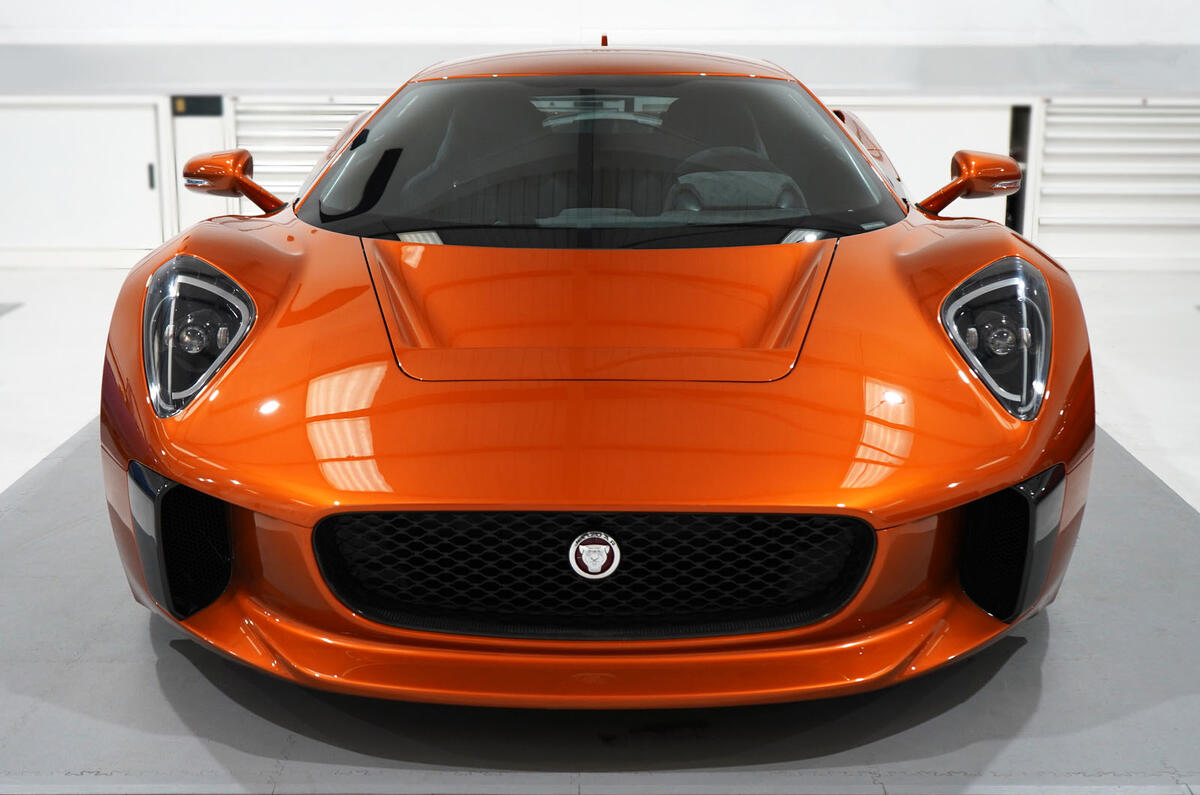
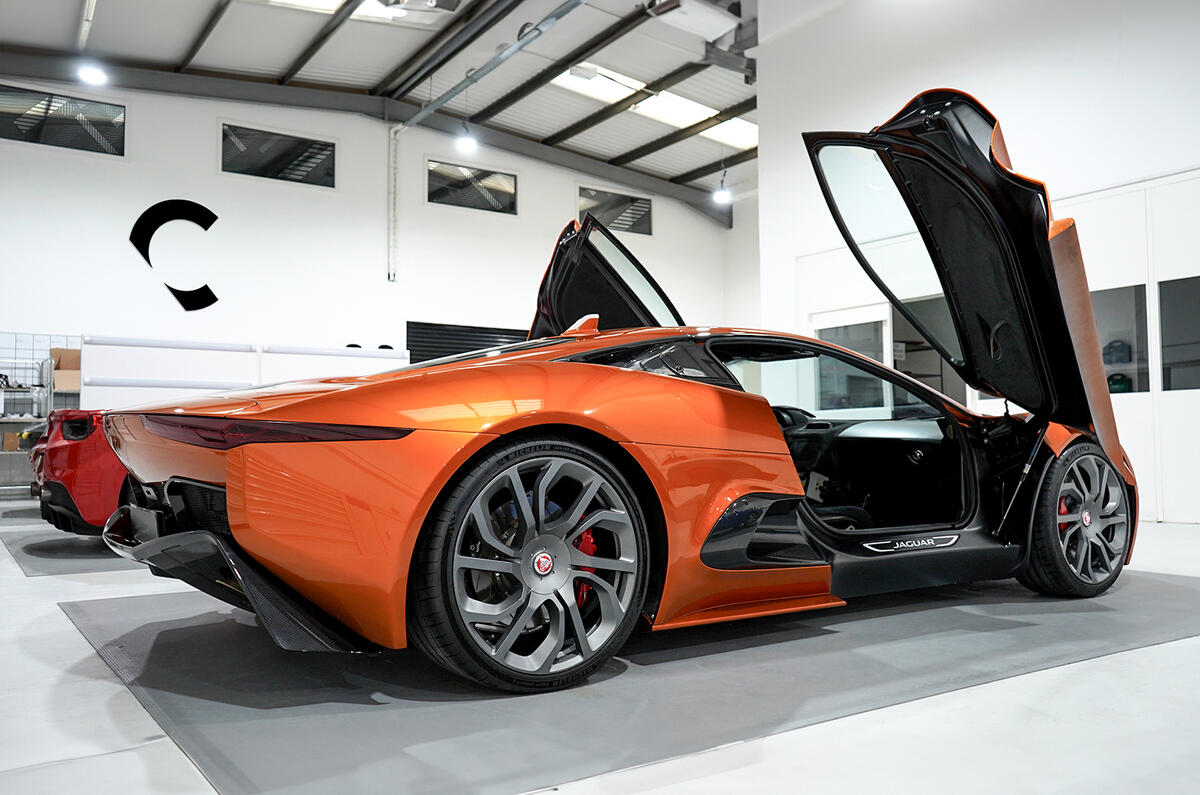

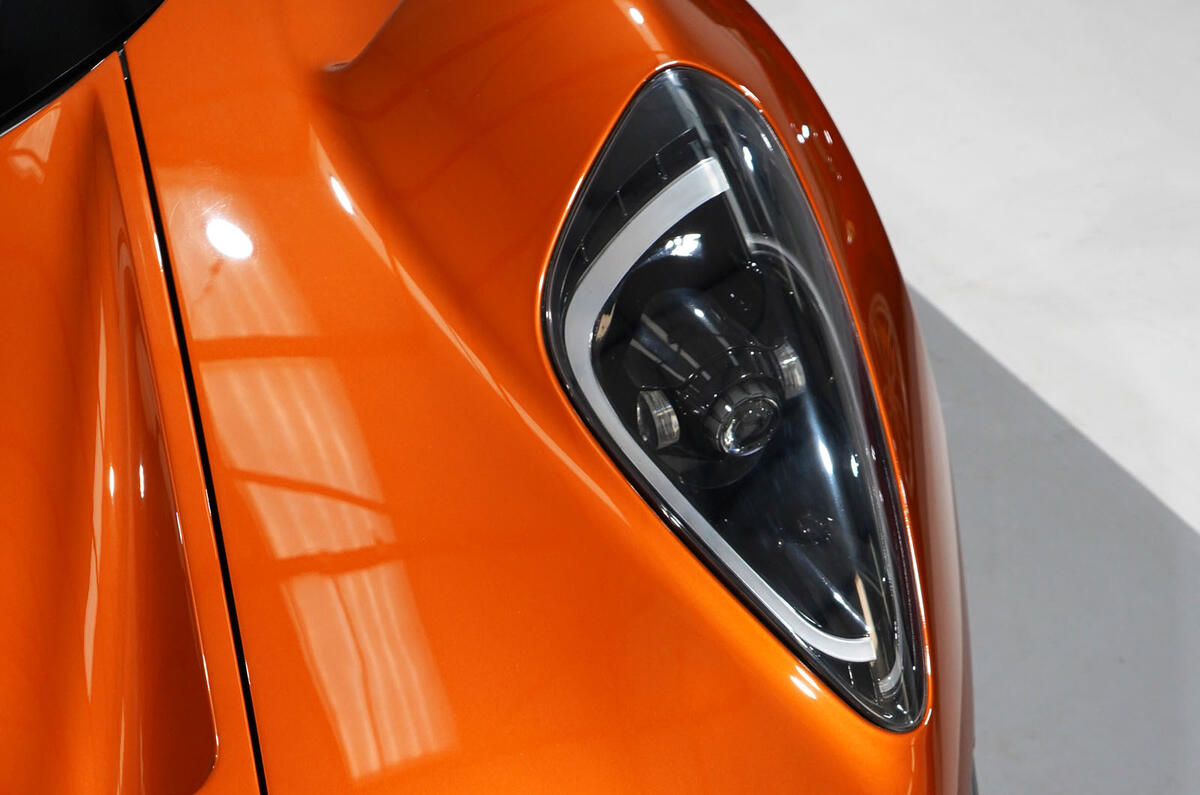
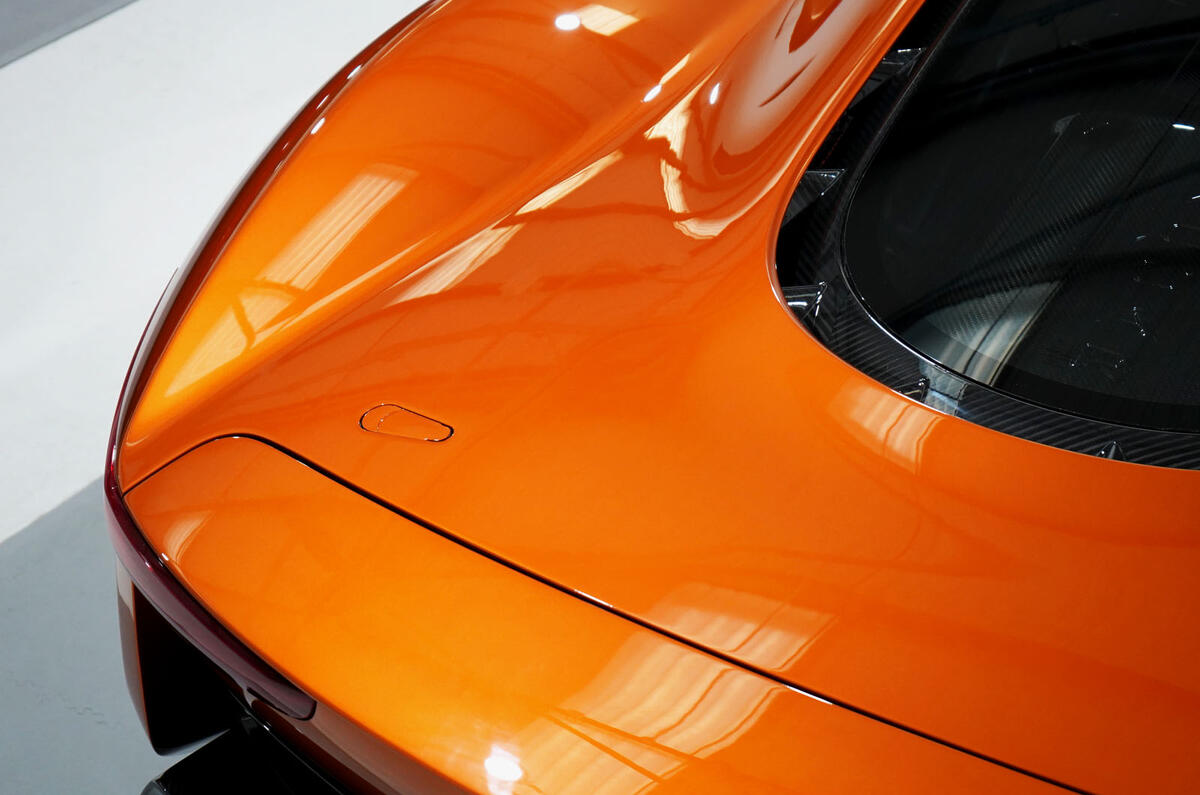
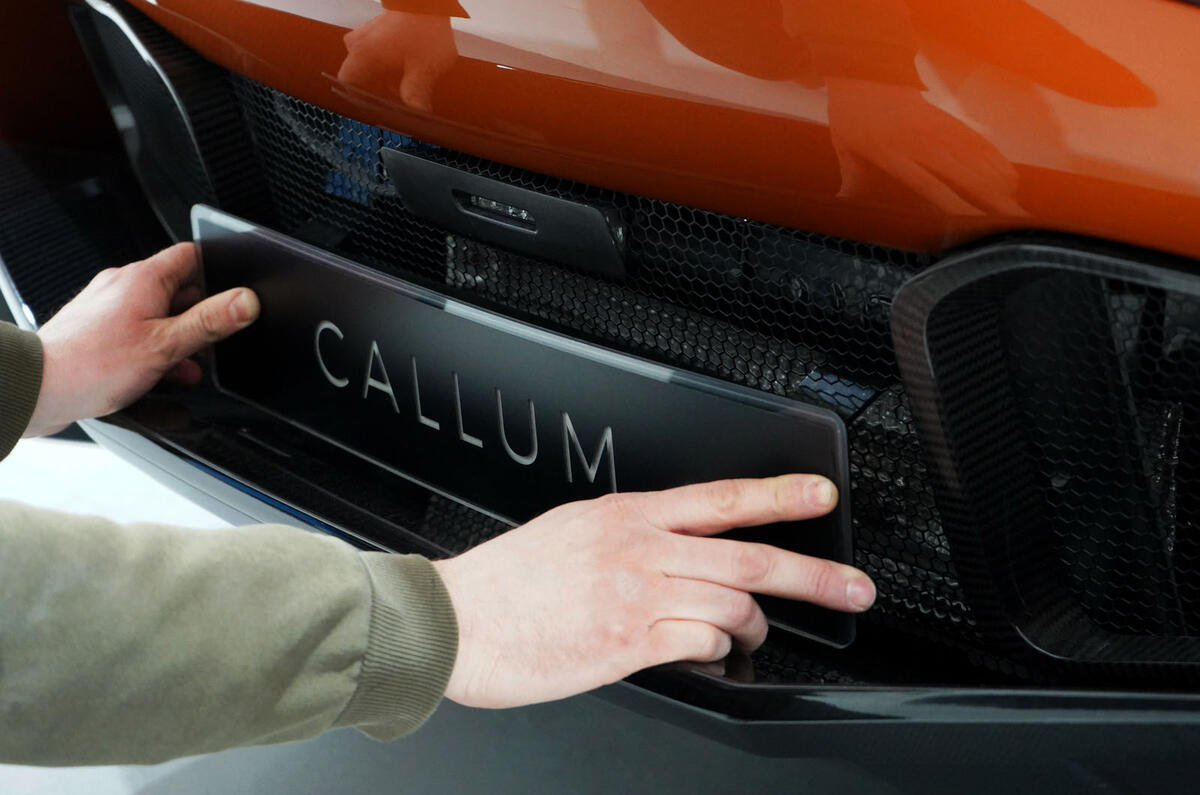
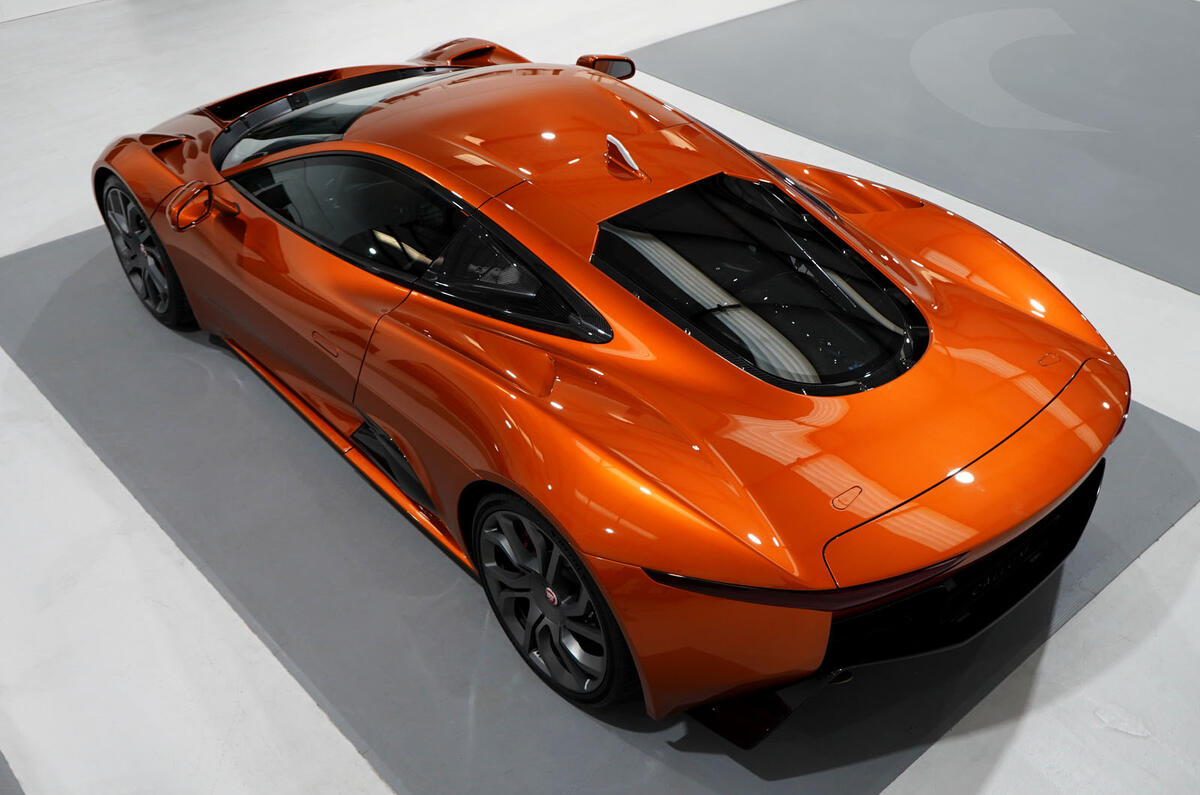

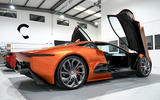
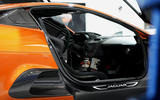
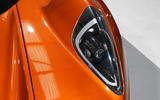
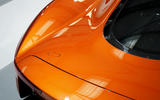

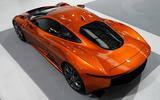





Join the debate
Add your comment
A leading contributor to the extraordinary lack of JLR interest in the Jaguar brand. Other characters include having the first premium brand electric car but then refusing to do anything to keep up with the competition over several years. Developing a new top of the range model and then abandoning it after all the money was spent. Making a decision to go electric when it is obvious that target market hates EVs. Making sure that the "e" descriptor is nothing to do with electric cars. Having a smaller SUV that is heavier than its larger brother - and bafflingly building aluminium bodied cars that are heavier than steel based competitors. Now deciding to take on Bentley. Should be on suicide watch.
Shame he didn't re-instate the twin micro gas turbines and electric motor from the concept.